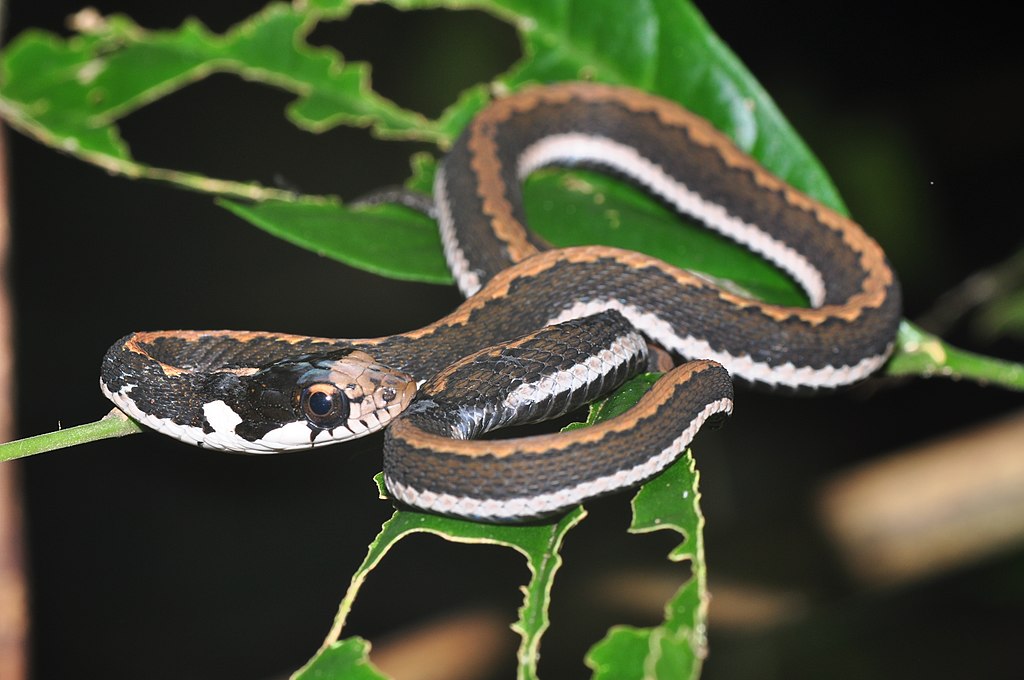In the mysterious world of reptile behavior, few phenomena remain as enigmatic as snake scent-marking. Despite decades of herpetological research, scientists still grapple with the full complexity of how and why snakes leave chemical signals in their environment. This communication system, sophisticated yet largely invisible to humans, plays crucial roles in snake ecology from reproduction to territory establishment. What makes this topic particularly fascinating is not just what we know, but the substantial gaps in our understanding that continue to challenge researchers. As these secretive reptiles slither through their habitats, they leave behind chemical messages that we are only beginning to decipher—a scientific puzzle with many missing pieces.
The Basics of Snake Scent-Marking

Snake scent-marking involves the deposition of chemical compounds that serve as signals to other snakes in the environment. Unlike mammals that might use urine or specialized glands to mark territory, snakes employ a more varied approach. They primarily use specialized skin glands, cloacal secretions, and fecal material to leave these chemical calling cards. The vomeronasal organ (Jacobson’s organ) in the roof of a snake’s mouth is the primary sensory tool for detecting these chemical signals. When a snake flicks its forked tongue, it’s collecting airborne particles and transferring them to this specialized organ for chemical analysis. This sophisticated system allows snakes to gather detailed information about other individuals in their environment, including species, sex, reproductive status, and even individual identity.
Anatomical Mysteries in Scent Production

One major challenge in understanding snake scent-marking lies in the anatomical complexities of their scent-producing structures. Snakes possess various specialized glands, including cloacal scent glands and integumentary (skin) glands, but the function and secretion composition of many remain poorly characterized. The dorsal and chin glands found in certain species like some vipers and boas appear active during breeding seasons, yet their exact role in communication remains unclear. Research is further complicated by the diversity across snake families—what applies to pythons may not apply to colubrids or elapids. Additionally, the microscopic nature of many of these structures means they were overlooked in early anatomical studies, leading to gaps in our foundational knowledge that modern researchers are still working to fill.
Chemical Complexity of Snake Scents
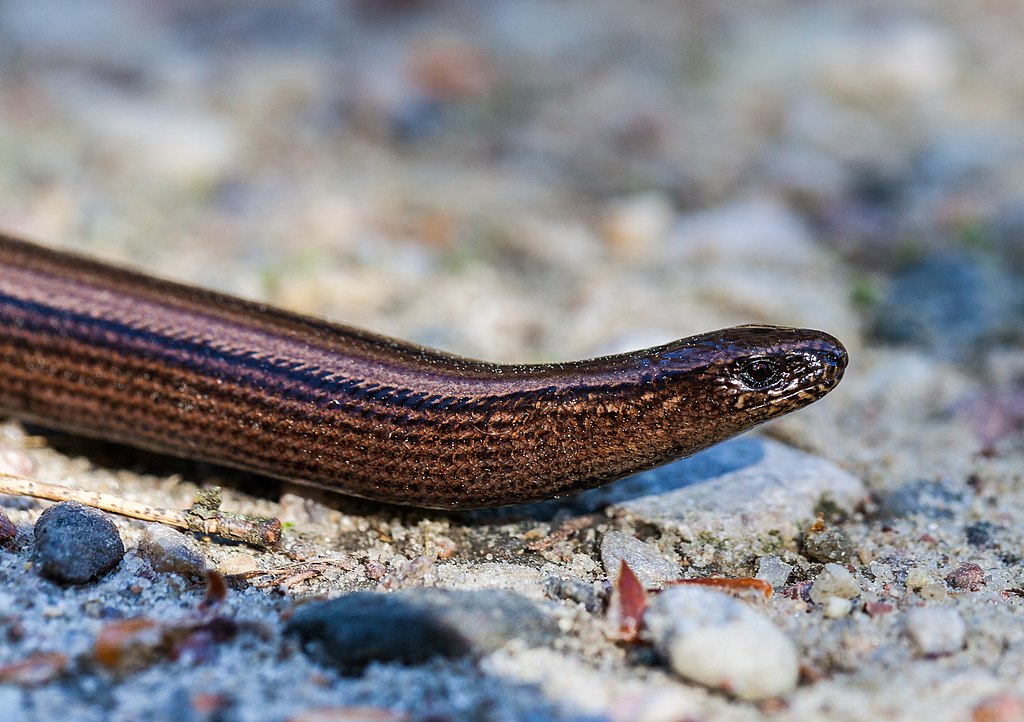
The chemical composition of snake scent marks represents one of the most significant knowledge gaps in herpetology. These chemical signals contain complex mixtures of proteins, lipids, and volatile organic compounds that vary greatly between species. Modern analytical techniques like gas chromatography-mass spectrometry have revealed that some snake scent secretions contain hundreds of different chemical compounds, creating a communication system potentially as complex as a written language. The relative importance of different compounds within these chemical cocktails remains largely unknown. Furthermore, environmental factors like temperature and humidity affect both the production and longevity of these chemicals, adding another layer of complexity. Scientists face the daunting task of determining which compounds are communicatively meaningful and which might be metabolic byproducts without signaling function.
Behavioral Context and Interpretation

Understanding when and why snakes choose to deposit scent marks presents another significant challenge for researchers. While we know that scent-marking increases during breeding seasons, the contextual decision-making process remains obscure. Laboratory studies show that some snake species increase marking behavior when introduced to novel environments, but field observations often yield conflicting results. The interpretation of these signals by other snakes adds another layer of complexity—the same chemical signal might have different meanings depending on the receiver’s sex, reproductive condition, or social status. Environmental context also appears important, with marking behavior changing significantly between seasons and habitats. This context-dependent nature of both marking and interpretation makes it difficult to establish universal principles about snake chemical communication.
Technical Challenges in Research

Studying snake scent-marking presents formidable technical obstacles that have hindered progress in this field. Collecting and analyzing volatile chemicals requires specialized equipment that wasn’t widely available until recent decades. Many scent compounds degrade rapidly after collection, making preservation and analysis particularly challenging. Field studies face additional difficulties, as tracking invisible chemical trails in wild habitats presents obvious logistical problems. Researchers must also contend with the secretive nature of many snake species, making direct observation of marking behavior exceptionally rare. Controlled laboratory studies offer some insights, but may not accurately reflect natural behavior patterns, creating a persistent dilemma in how to best approach this research question. These technical limitations explain why, despite centuries of snake observation, our understanding of their chemical communication remains fragmentary.
Evolutionary Puzzles in Scent Communication
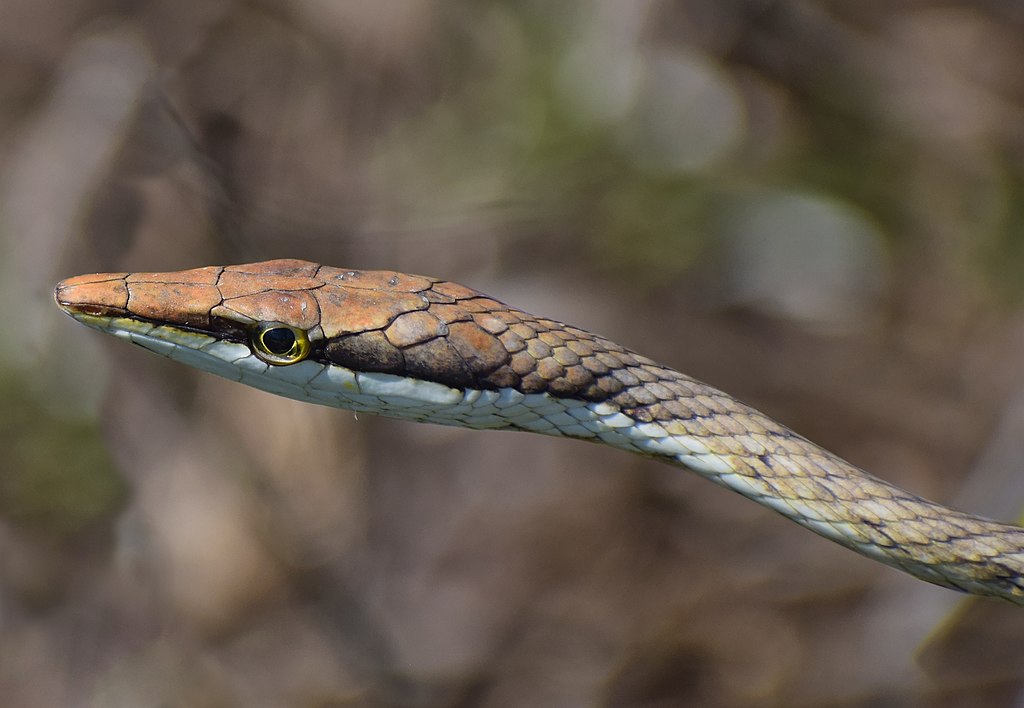
The evolutionary development of scent-marking systems across different snake lineages presents a fascinating but poorly understood aspect of reptile evolution. While all snakes possess some form of chemical communication, the specific mechanisms and behaviors show remarkable diversity. Some species appear to rely heavily on scent-marking for mate selection, while others primarily use it for territory establishment or predator avoidance. This diversity suggests multiple evolutionary pathways and adaptive pressures, but reconstructing this evolutionary history remains challenging. Comparing related species can provide some insights, but fossil evidence rarely preserves information about soft tissues like scent glands. The relationship between venom evolution and chemical communication presents another intriguing connection, as some studies suggest venomous species may incorporate venom components into their scent signals, potentially serving as honest indicators of their dangerous nature.
Interspecies Communication Complexities
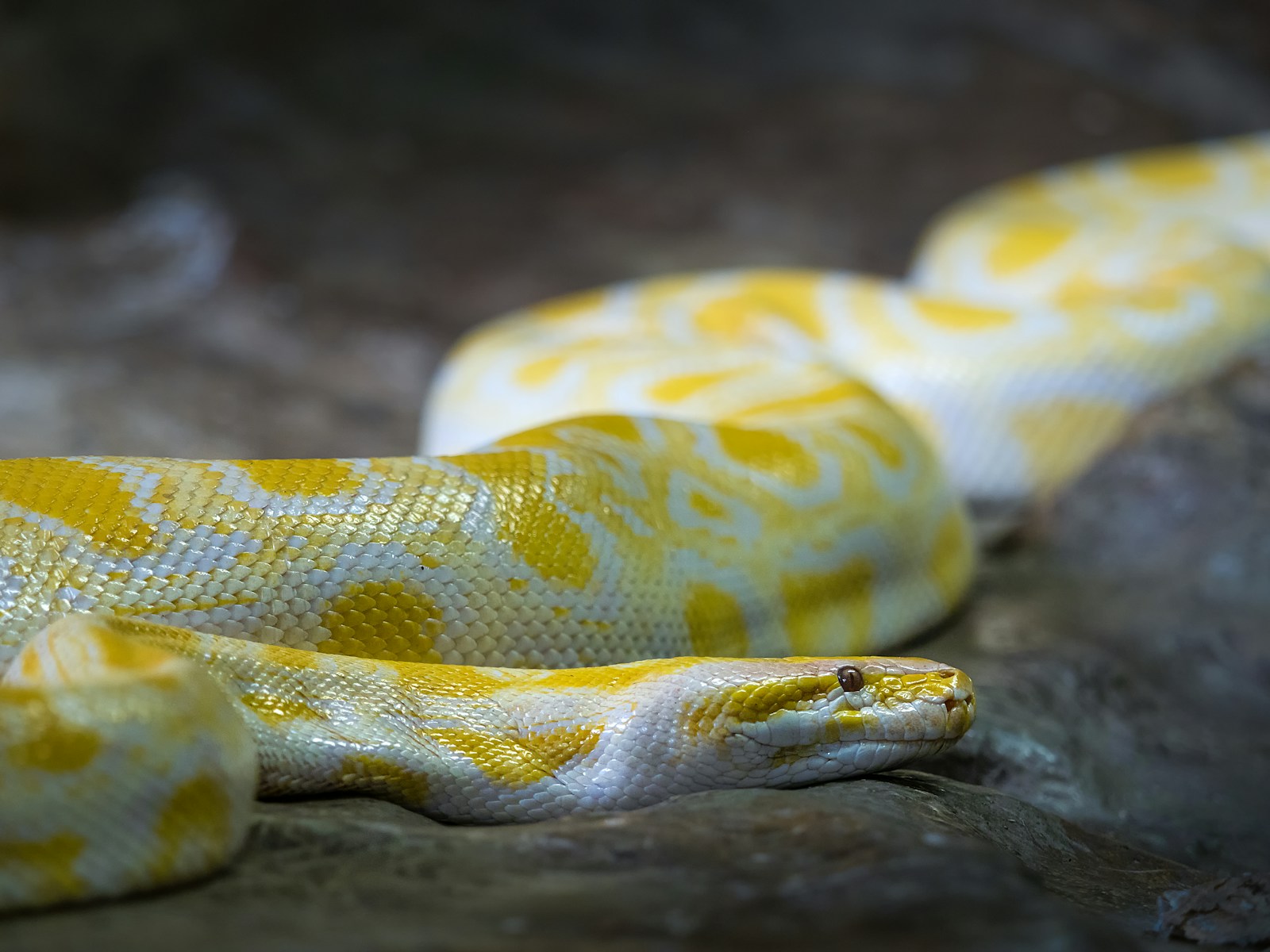
The role of scent-marking in communication between different snake species adds another layer of mystery to this field. Research suggests that snakes can distinguish between scent marks of their own species and those of others, but the full extent of this interspecies recognition remains unknown. Some evidence indicates that certain snake species actively avoid areas marked by potential predators, including other snake species known to be ophiophagous (snake-eating). This suggests a sophisticated ability to “eavesdrop” on the chemical signals of other species. Additionally, there appears to be some overlap between the chemicals snakes use for intraspecies communication and those that help them detect prey or avoid predators. This multifunctional nature of chemical signals makes it difficult to determine the primary evolutionary drivers of the scent-marking system and how these signals might be interpreted across species boundaries.
Geographic and Population Variations

Geographic variations in scent-marking behavior present yet another complication in our understanding of snake chemical communication. Snake populations separated by significant distances often show distinct differences in their chemical signaling, potentially developing local “dialects” in their scent-marking practices. These variations may reflect adaptations to different environmental conditions, prey availability, or predator pressures. Studies of widespread species like garter snakes have revealed that populations in different regions may prioritize different components of scent signals or respond to them with varying intensities. Such geographic variation makes it difficult to generalize findings from one population to an entire species. Additionally, when populations become isolated, their chemical communication systems may diverge, potentially contributing to reproductive isolation and even speciation—a process we still don’t fully understand in reptiles.
The Role of Seasonal Changes
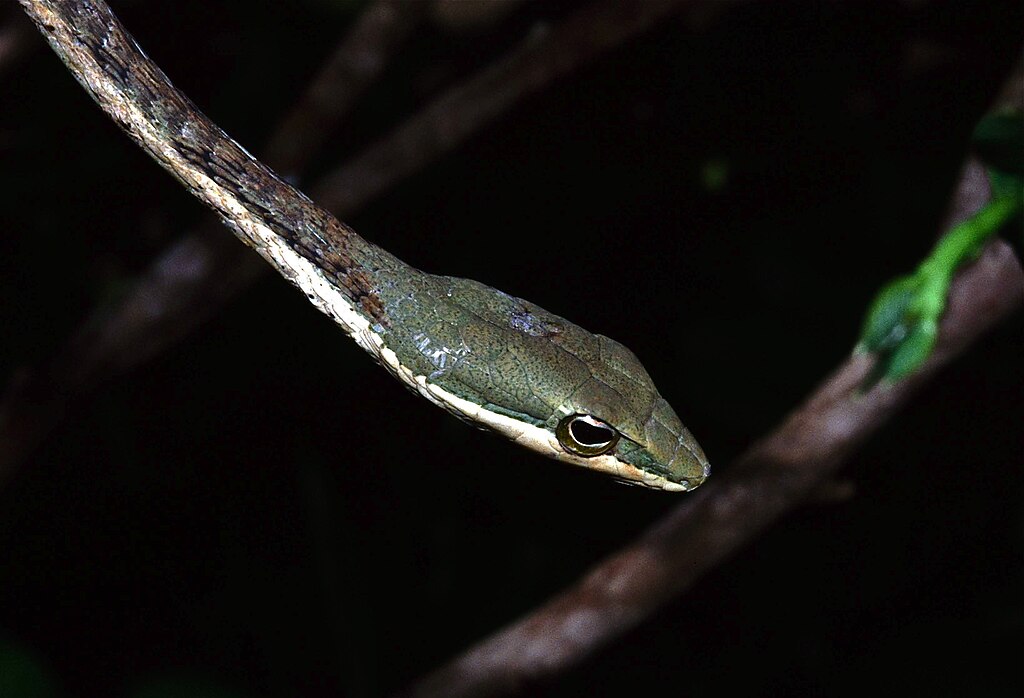
Seasonal fluctuations dramatically influence snake scent-marking, presenting yet another variable researchers struggle to fully comprehend. Most snake species display marked increases in scent-marking behavior during breeding seasons, but the specific timing and intensity vary enormously across species and geographic regions. Hormone cycles clearly play a crucial role in regulating scent production, with testosterone and estrogen levels correlating with changes in glandular activity. However, the precise mechanisms connecting hormonal states to scent production remain poorly documented. Environmental cues like temperature, rainfall, and photoperiod also appear to influence marking behavior, creating complex seasonal patterns. Even more mysteriously, some species show predictable seasonal changes in their response to the same scent marks, suggesting that the interpretation of chemical signals may itself be seasonally dependent—a phenomenon for which we have few explanations.
Individual Recognition Capabilities
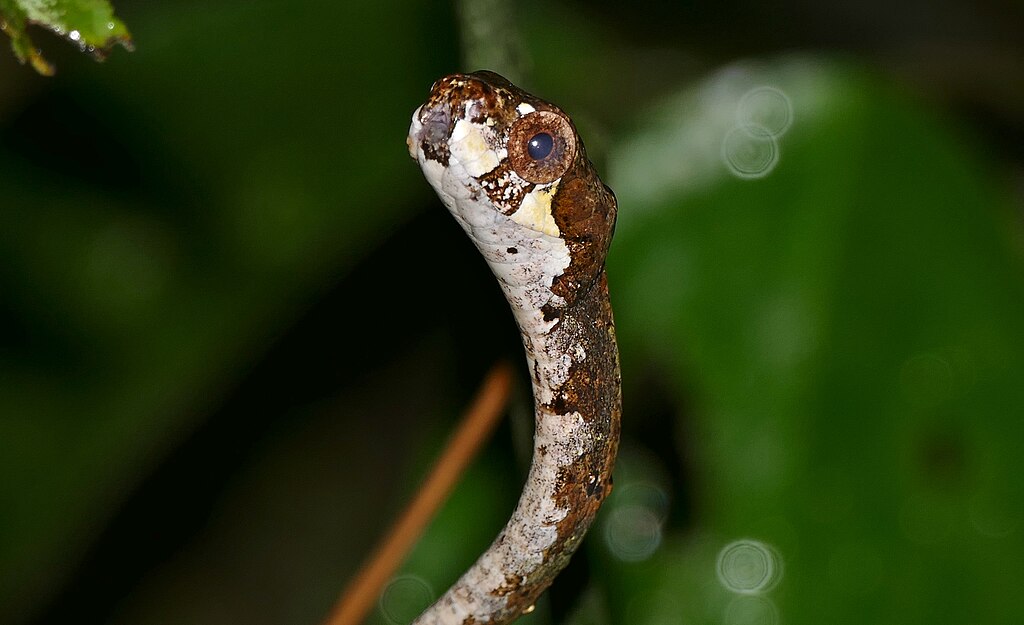
The question of whether snakes can identify specific individuals through scent marks represents one of the most fascinating frontiers in reptile cognition research. While laboratory studies demonstrate that some snake species can differentiate between familiar and unfamiliar scents, the extent of this discrimination ability remains contentious. True individual recognition would require a snake to associate a specific scent profile with a particular individual snake encountered previously—a cognitive feat that would challenge our understanding of reptile mental capabilities. Limited evidence from species like timber rattlesnakes suggests they may avoid mating with close relatives, potentially using scent cues to recognize kin. However, the mechanisms for such discrimination, whether based on genetic similarity or learned association, remain unclear. The possibility that snakes maintain a “chemical inventory” of recognized individuals would dramatically change our conception of their social cognition.
Conservation Implications

Our incomplete understanding of snake scent-marking carries significant implications for conservation efforts targeting threatened snake species. Habitat fragmentation may disrupt chemical communication networks by isolating populations and preventing natural scent-mark encounters that facilitate breeding or resource sharing. Conservation translocation programs, where snakes are moved to new habitats, may fail if animals cannot properly establish or interpret chemical territories in unfamiliar environments. Climate change presents additional concerns, as altered temperature and humidity patterns may affect both the production and persistence of chemical signals in ways we cannot yet predict. For captive breeding programs, the inability to replicate natural scent-marking conditions may contribute to reproductive failure in some species. These conservation challenges highlight the practical importance of addressing the knowledge gaps surrounding snake chemical communication.
Technological Frontiers in Research
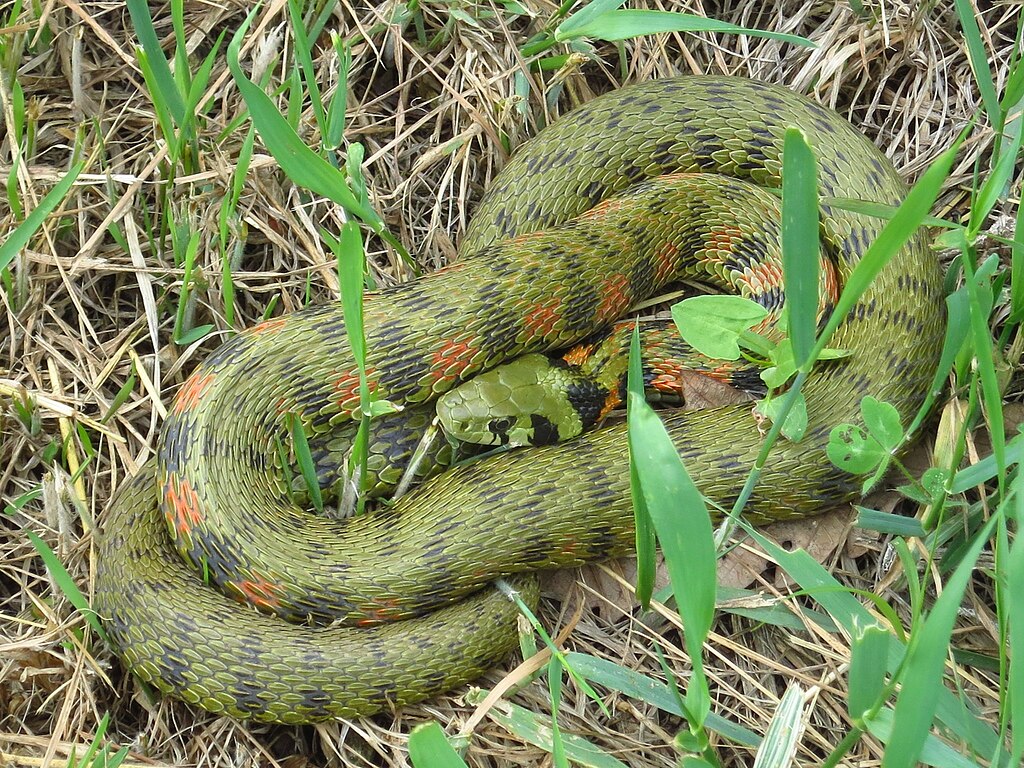
Emerging technologies offer promising avenues for unraveling the mysteries of snake scent-marking in coming years. Advanced chemical analysis techniques like high-resolution mass spectrometry now allow researchers to identify previously undetectable compounds in minute scent samples. Miniaturized tracking technology, including microchips that can monitor physiological changes associated with scent production, may soon provide insights into when and why wild snakes deposit chemical signals. Environmental DNA (eDNA) techniques are being adapted to detect chemical markers left by snakes in their environment, potentially allowing non-invasive monitoring of their communication patterns. Perhaps most revolutionarily, machine learning algorithms are beginning to help scientists identify patterns in chemical data that human analysis might miss. These technological advances may finally provide the tools needed to decode the complex chemical language snakes have been using beneath our notice for millions of years.
Comparing Snake Communication to Other Reptiles

Comparative studies between snakes and other reptiles highlight both commonalities and unique aspects of snake chemical communication, though these comparisons remain incomplete. Lizards, the closest relatives to snakes, also utilize chemical signaling extensively, but often combine this with visual displays that limbless snakes cannot perform. The vomeronasal system appears similarly developed across many reptile groups, suggesting ancient evolutionary origins for chemical sensation. However, snakes show specialized adaptations in their tongue-flicking behavior that exceeds the chemical sampling efficiency of most lizards. Crocodilians and chelonians (turtles and tortoises) employ different glandular systems for their chemical communication, highlighting the diversity of solutions evolution has produced for similar communication challenges. These cross-reptilian comparisons potentially offer valuable insights into the evolution and function of snake scent-marking, yet remain underdeveloped in the scientific literature, representing another gap in our comprehensive understanding.
Future Research Directions

The path forward in understanding snake scent-marking will require interdisciplinary approaches that address the multifaceted nature of this communication system. Integrating field observations with controlled laboratory studies will be essential to validate whether behaviors observed in captivity reflect natural patterns. Longitudinal studies tracking individual snakes over multiple seasons could reveal how scent-marking changes throughout an individual’s lifetime and across different social contexts. Combining chemical analysis with behavioral experiments will help identify which specific compounds trigger which specific behaviors—the “vocabulary” of snake chemical language. Neurobiological approaches examining how the snake brain processes chemical information may provide insights into how these signals are interpreted. Perhaps most importantly, expanding research beyond the handful of well-studied species to encompass the diversity of the world’s approximately 3,900 snake species will be crucial to developing a comprehensive understanding of this fascinating but still mysterious form of animal communication.
The enigma of snake scent-marking exemplifies how much remains to be discovered even about fundamental aspects of animal behavior. Despite significant advances in our understanding of snake chemical communication, the complex interplay of anatomy, chemistry, behavior, and evolution continues to present formidable research challenges. As technology advances and research methodologies become more sophisticated, we stand on the threshold of potentially revolutionary insights into this hidden language of snakes. What seems certain is that continued investigation will reveal these chemical conversations to be far more sophisticated than previously imagined—a reminder that even in well-studied animal groups, nature still harbors remarkable secrets waiting to be uncovered.

